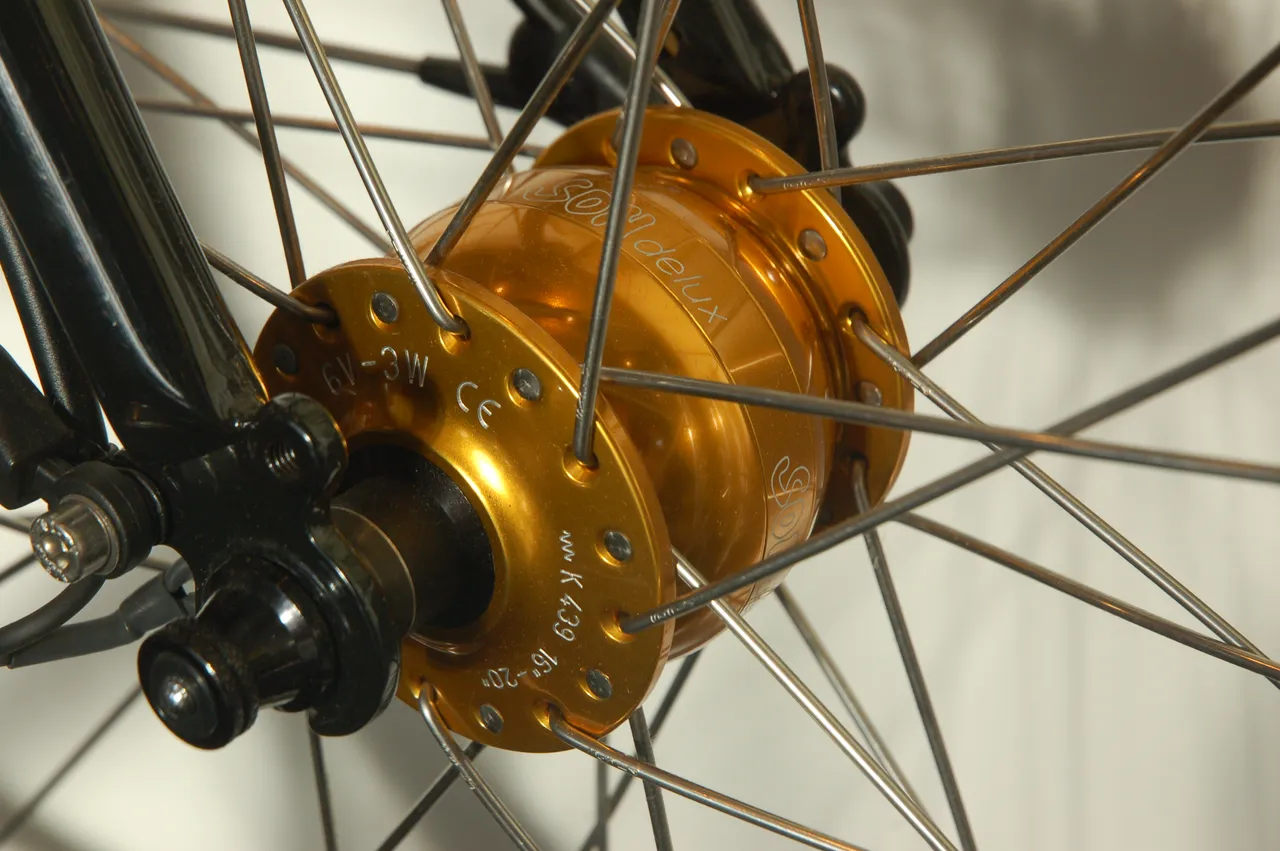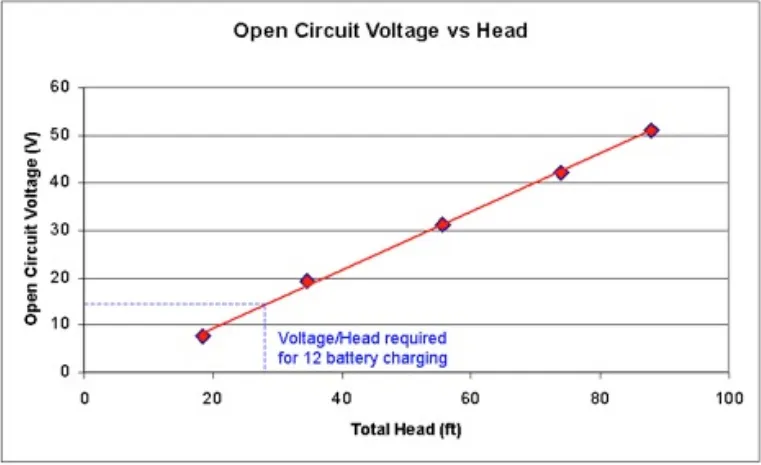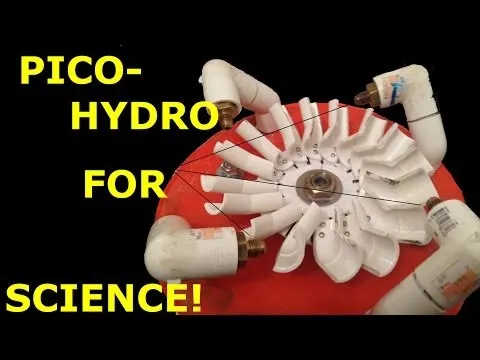Right of the bat a disclaimer: I am not building anything, at least not at this moment. So this post is entirely theoretical, although it is based on the practice of many other folks out there, who have shared their experiences on the net. But since I discussed micro-hydro generators with @justinparke yesterday, I got inspired to share some of what's possible.
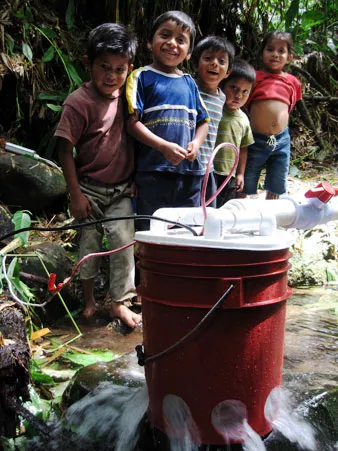
image source
How Much Power Does One Need?
Wellll.... how long is a piece of string? Of course it all depends on how much you consume. Interestingly, most of our most important devices (phones, laptops, lights - especially LED, speakers, screens, etc.) are quite modest in their energy needs. It is the heating / cooling appliances, and also those involving moving parts, such as blenders or washing machines that really gobble up the wattage. Traveling for months on my bicycle, I ran into minimalistic electric problems, mostly regarding charging my phone and speakers. Since playing around with a solar charger proved to be less than efficient on a moving bike, I am certain that for my next big trip I will install a hub generator, taking advantage of the given condition, that is the continuously turning front wheel. That should be more than sufficient to charge my phone, lights, speakers, a backup battery, and anything I can connect by USB.
Taking this reasoning to a mountainous location with lots of water, as what @justinparke 's family is looking at in Cambodia, it sounds like the conditions are ideal for a small hydroelectric application. In fact, looking around the place I am right now, it seems like such a thing wouldn't be out of place here in Crestline either! It has a good amount of water and some lovely elevations. But wait a second! Damming up a river for electric generation? Isn't that super damaging to the environment? And it most certainly is! However, the image that tends to come to mind is some gigantic dam of the proportions of the Glen Canyon Dam, feeding the city of Las Vegas with electricity. No, the kind of generator I'm talking about fits into a regular 5 gallon bucket!
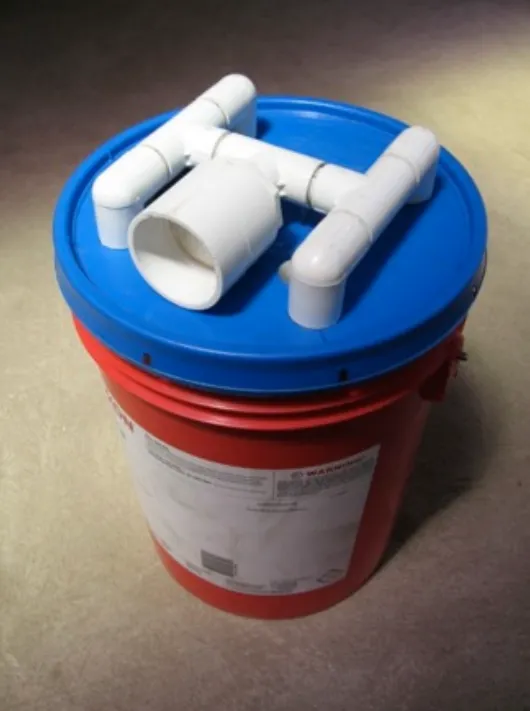
image source
Instructions With Explicit Details
I remember coming across an instruction manual of how to build such a tiny scale hydroelectric generator. I even put it away carefully, but as these things tend to go, I realized I had it my other hard-drive, which I left at home in Mexico. Oh well, I just tried to find it on the internet again. I was pleasantly surprised to see that not only did my first search result give me the exact same .pdf file, but there are numerous other sites, blogs, and videos of users who have tried to build one and implement it to their environment. For all of you who are getting excited now, here is the OG Five Gallon Bucket Hydroelectric Generator Build Manual, by Sam Redfield from Appropriate Infrastructure Development Group in Guatemala. Enjoy!

image source
Not For Everyone!
As you probably have guessed, as neat as this whole contraption looks, it really won't do you any good if you don't have the right conditions. You will need at least 30 feet or roughly 10 meters of "head" (the height the water descends from) and a flow of at least 26 gallons (98 liters) per minute, to get a charge of 12 volts out of it. Without these conditions you'd be better off looking for alternative power sources. For anyone who does have them, however, you'd be a fool not to try building one of these!
Since the entire design was thought up for low resource DIY application in mind, it does not require specialized tools or higher skill sets than basic plumbing and carpentry. Also most of the material you can get from pretty much any plumbing supply store. Most, but not all...! To generate power you will need an alternator or a DC motor and neodymium magnets. Though the manual was written for a specific Permanent Magnet Alternator, I have heard of people using recycled car alternators. As for the magnets... well, there is hardly a way around ordering them from their specialty suppliers.

image source
Still Excited? This Is What Others Have Done:
So yes, there are TONS of videos on this topic (as almost everything else). One that I particularly liked is this one from the Oregon coast. Here the owner-builder demonstrates not only the generator, which very closely resembles the one by Sam Redfield, but also how it may look installed into the landscape. Well done, though personally I think it could be more hidden.
Another cool video on this subject is this one. It is not about this specific bucket method, but instead analyzes how hydroelectric turbines work, and tries to apply it to the rainwater running off from his gutters. I think it's well made with interesting information, especially if you want to deviate from the bucket.
Finally I want to share this video on how to build a water turbine out of a recycled washing machine. Clearly, the idea is to make the wheel spin, so in the end it doesn't matter if it's driven by water, wind, or even biomechancly, such as pedaling. In the end, there are lots of ways to generate electricity.
Create Your Own Power!
I believe any feasible method of generating power should be made use of. On one hand it is better on our pocket book and the environment. On the other hand, it offers us considerable autonomy. Even if you're connected to the power grid, having such an alternative system in place will keep the lights on in case of an outage. Even if your off-grid system is not enough to keep your laundry dryer and air conditioner running, at least you'll be able to watch movies, listen to music, and write your Hive posts.
